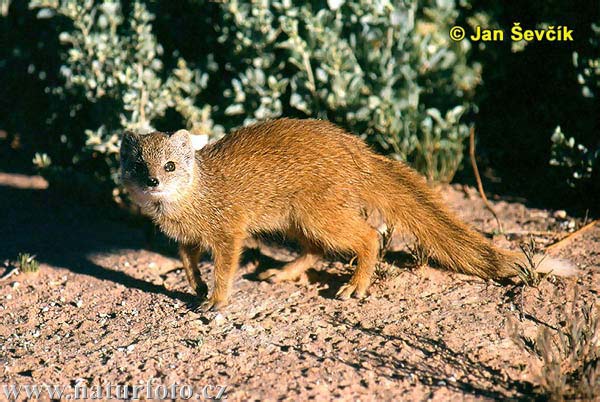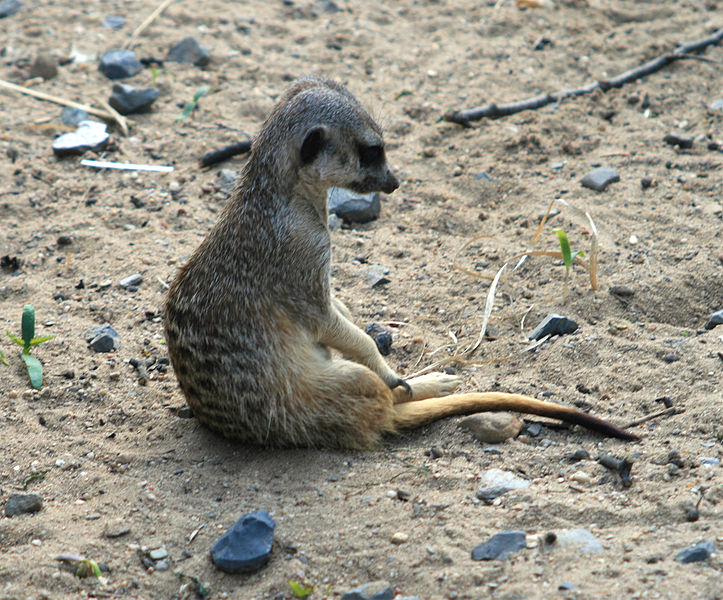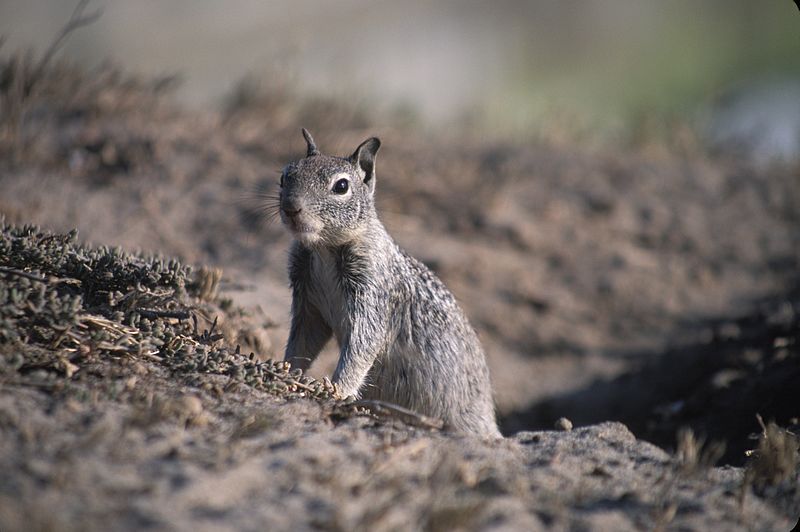Interactions
They yellow mongoose is known to have interactions with meerkats and ground squirrels. They share their burrows or dens with them, and also share food when it is plentiful. It is predatory towards many insects such as termites, ants, or beetles, and they also can be predatory toward some vertebrates like lizards, frogs, birds, and snakes. However, the yellow mongoose can be food for other organisms. The yellow mongoose is prey to some types of birds specifically the birds of prey, snakes, and jackals. Take a look at two birds of prey, the bald eagle and the peregrine falcon. They also have interactions with each other. They typically live in colonies of 8-20 mongoose and share their dens. They sometimes also hunt together although they usually don’t.
Here is what a meerkat and ground squirrel look like.
Next, let me talk about its interactions with humans.
It has negative and positive effects on humans.
The yellow mongoose is thought of as one of the most
important rabies vectors in southern
Now, that you have learned about the yellow mongoose take a look on some interesting facts about it!


